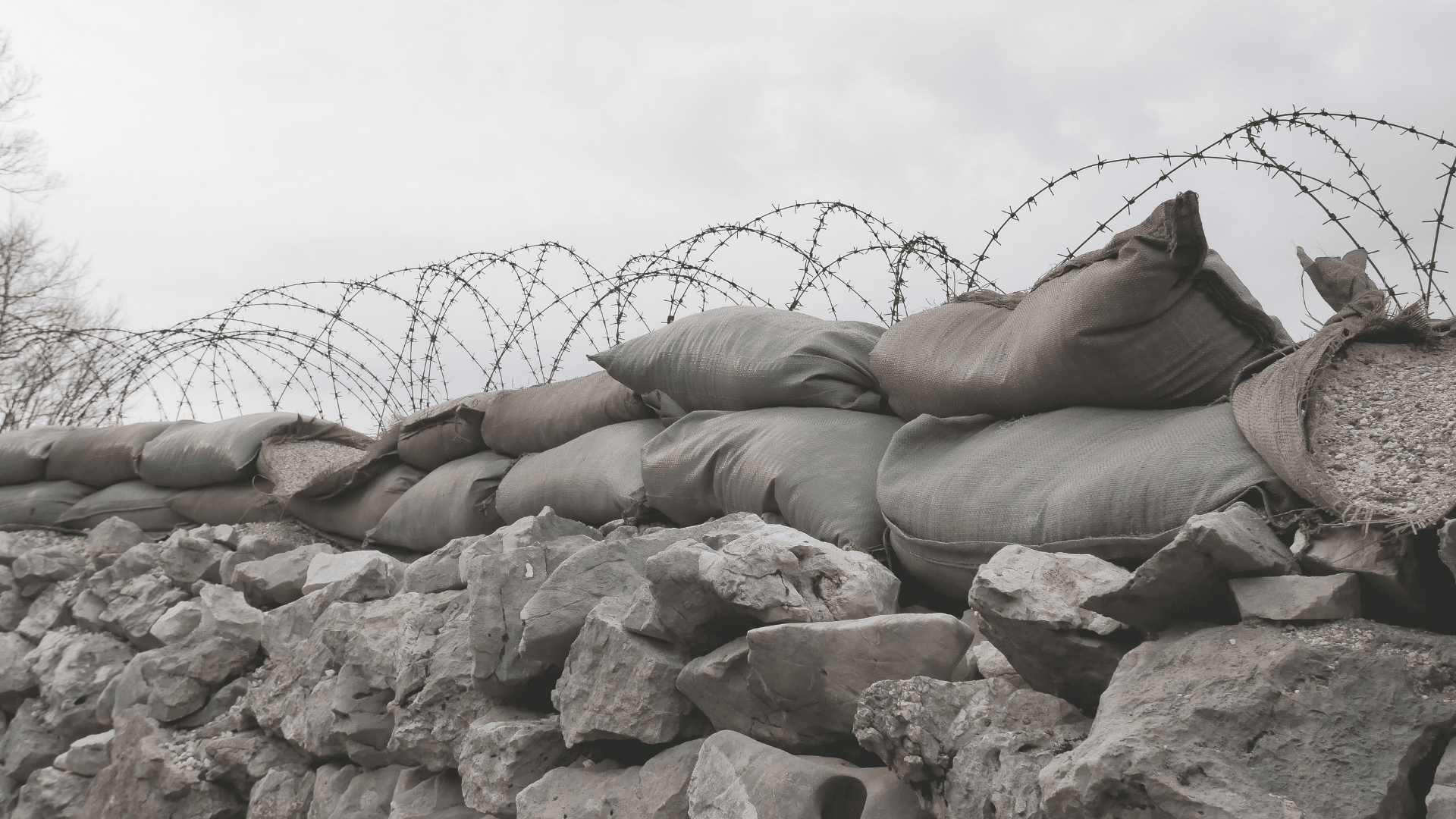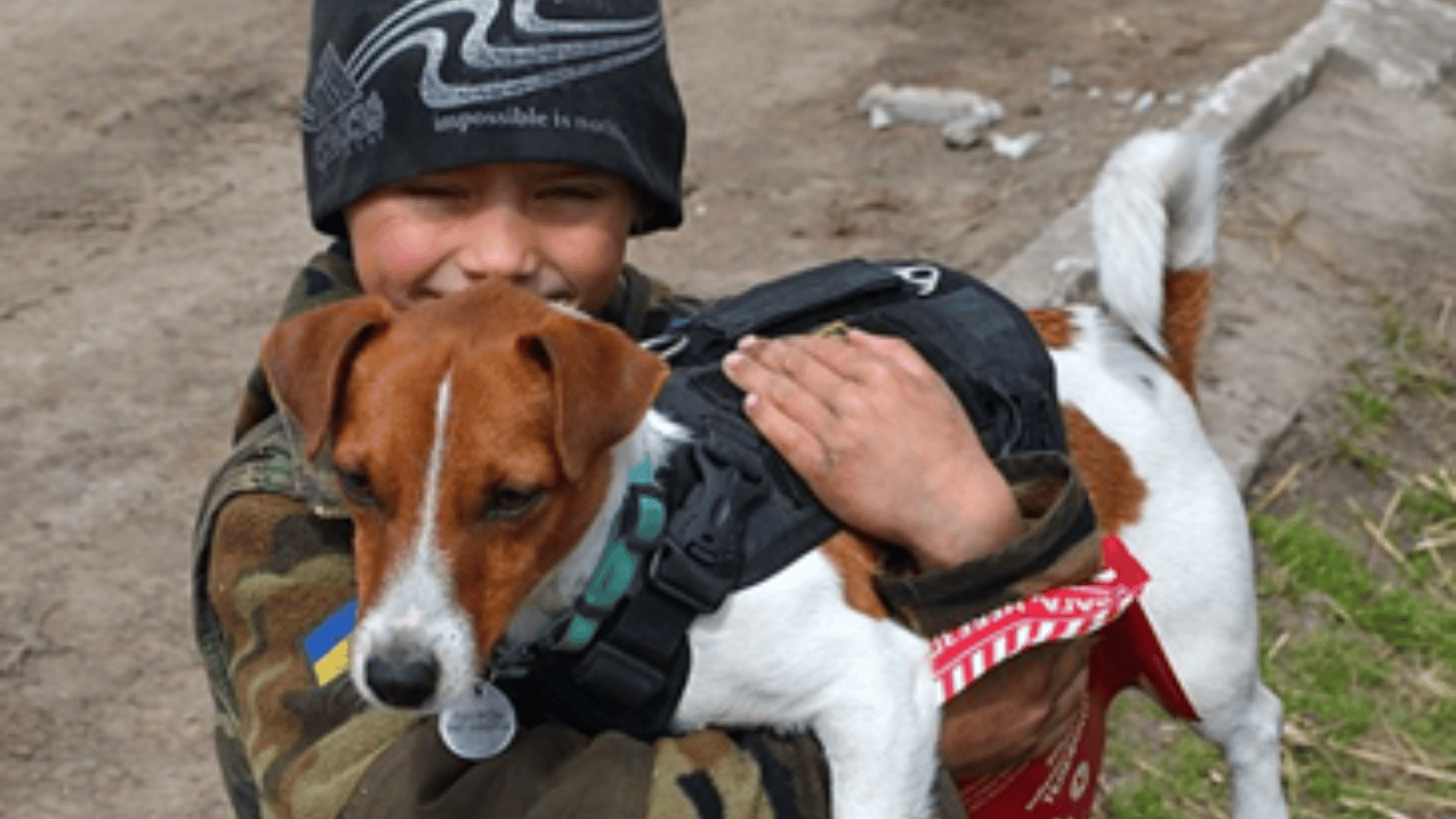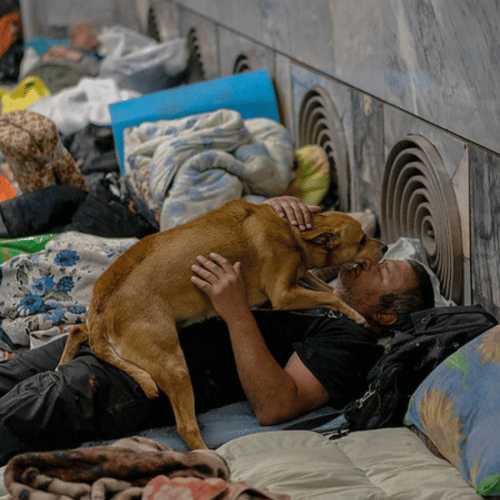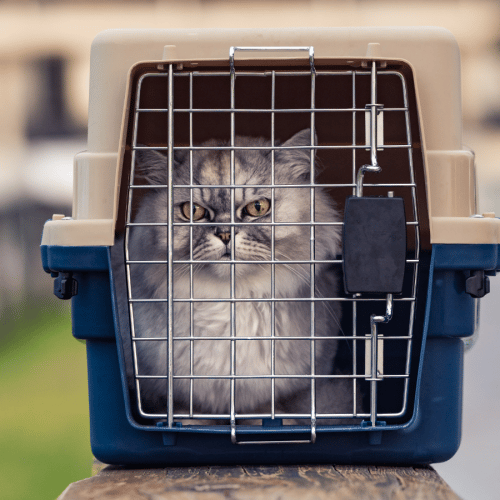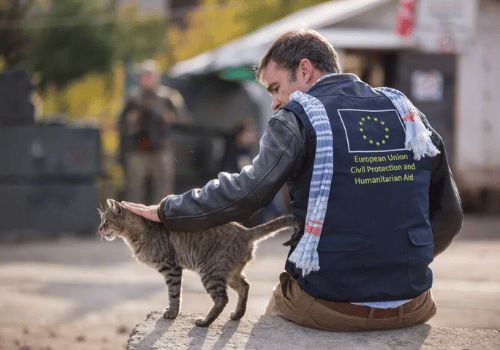When the war in Ukraine started in February 2022, the rescue and protection of pets almost immediately became part of the humanitarian narrative of the conflict. Globally, there has been an unprecedented open-door policy on companion animals from Ukraine—a high-risk country for rabies—in terms of legal allowances, quarantine facilities and veterinary services. This approach was motivated by biosecurity considerations, i.e., the need to avoid cross-border smuggling of potentially risky animals – but also by the public support for the Ukrainian people, and the acknowledgement of the emotional bonds between humans and their pets as an attribute of 21st century culture. In a new article in International Migration called The Ukrainian refugee crisis: Unpacking the politics of pet exceptionalism, I draw on a six months desk study (February-August 2022) of Norway and the UK to flesh out some initial reflections around this issue. In the article, I note the puzzling near-absence of public and academic debate around this pet exceptionalism.
At the beginning of 2023, the lack of critical engagement remains puzzling. As a community of scholars working on refugee, migration, and humanitarian issues, we are usually interested in everything. Is the issue of refugee pets becoming a black hole, where the love for one’s own animal (I love my dog) eats critical thinking? As the strains on refugees’ reception systems and animal health structures become more obvious across many jurisdictions and the tradeoffs more problematic, a broader conversation is needed. To that end, I map out two clusters of interrogation: the first foregrounds animals, the second humans. The contribution draws on a PRIO-seminar with academics, practitioners and government actors in Oslo, Norway in December 2022. It should read in conjunction with the other blogs in this series from Heidi Mogstad and Polly Pallister-Wilkins.
From an individual and societal animal welfare perspective, the notion that bringing a pet on the refugee journey is the best and most ethical solution needs scrutiny: whether sometimes opting to euthanize a pet can be the best form of animal welfare is controversial and varies cross-culturally. In a forced displacement context this may not be an option. Leaving an animal behind to starvation and suffering will be experienced as a moral wrong. However, bringing in large numbers of ill and deeply traumatized animals who are subsequently placed in quarantine without their owners and who then may be considered too sick or otherwise unfit to be released into society also raises deeply problematic ethical issues. How do all these scenarios look if we think about the animals, not the owners first? What is best for the animals in question?
The other aspect of the animal welfare issue pertains to capacity and resources and the broader knock-on effect for animal wellbeing. By the middle of December 2022, more than 1500 pets had arrived in Norway with their owners from Ukraine. This included mostly cats and dogs, a few birds, a snake, a desert rat, and a few other reptiles. Gas and oil producing Norway provides a generous and comprehensive reception for these animals. The Norwegian Food and Safety Authority (NFSA) provides care and control for the animals in quarantine. However, according to NFSA, the influx has created a significant strain on resources. Some local NFSA offices have used all their veterinary capacity to care for Ukrainian animals, and as a result supervision and follow-up of other animals and animal groups have been deprioritised. Many of the arriving animals experience significant health and animal welfare challenges. Ukrainian refugees are also affected by the increased costs of living – pet food and health care can add significantly to the financial burden. As the government expects refugees to manage these costs, the result is an added strain on animal charities.
From a human-first perspective, the refugee pet issue is intrinsically connected to the early humanitarian racism debacle at the outbreak of the war (here and here). What are the optics of pet exceptionalism if we look at this from the perspective of other refugee groups? Yet, as the months have gone by, there is now a sizable inventory of institutional issues to be discussed with respect to how the rationale for pet exceptionalism dovetails with refugee and border management policies and priorities.
Refugee shelters and reception centres have no tradition of receiving pets. They cater to many different population groups with different perceptions on companion animals, and some pets, such as large dogs, may also pose additional safety risks or be experienced as such by some. In disaster studies, it is well known that a failure to include pets will make owners less likely to comply with evacuation orders. Similarly, at the start of the conflict Ukrainian families reported unwillingness to flee in part due to their fear of what would happen to their pets. Considering realities on the ground, in the Norwegian context this is now changing: pets are housed with owners and policy is being developed to co-localise quarantine and reception. At the same time, other asylum seekers are also arriving with pets, notably Russians fleeing mobilisation orders. They are not covered by the Norwegian government’s open door policy. When I suggested in the International Migration article that ‘the de facto and de jure dispensation granted to Ukrainian pet owners raises issues about the expectations of future refugee populations that they will be able to take for animals with them’, I did not envision that this scenario would materialise almost immediately and involve the controversial arrival of middle-class Russian pet owners. Yet, here they are and the animals, and the human-animal-bonds are presumably the same. Furthermore, across Europe, resources are now wearing thin. For example, as finding enough accommodation becomes a struggle in Ireland, the government has asked Ukrainian refugees to not bring pets. More countries may follow suit in 2023.
As these brief discussions illustrate, the Ukrainian refugee pet exceptionalism is a complex issue raising many ethical, practical and policy-related questions. I hope this intervention, and those offered by Heidi Mogstad and Polly Pallister-Wilkins can be taken as an inspiration to engage with the issue as an integrated part of contemporary refugee and border studies.


